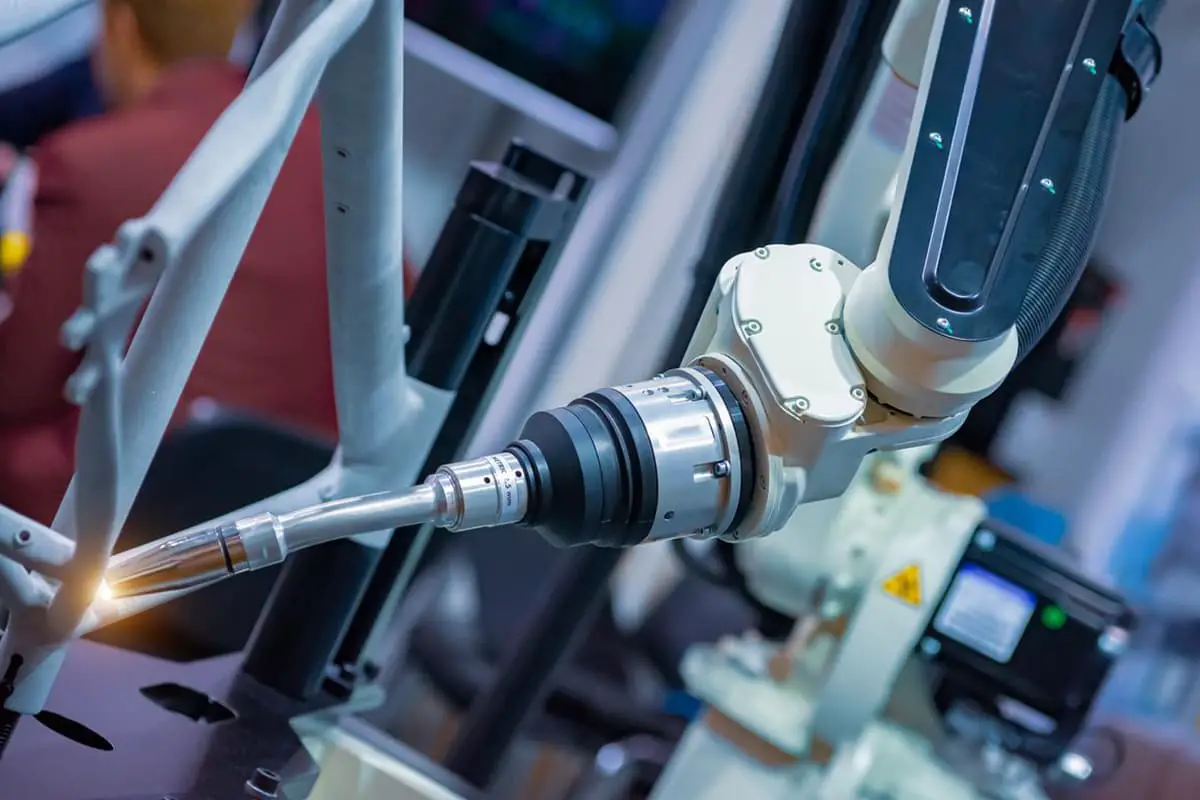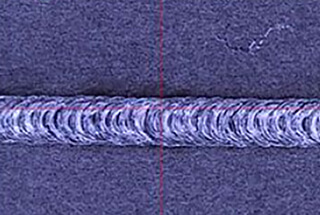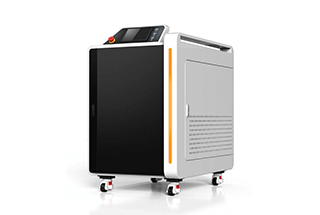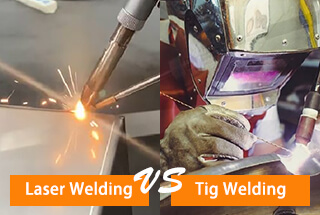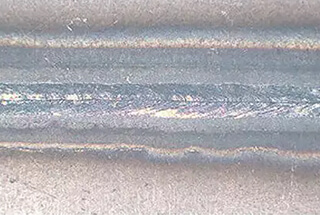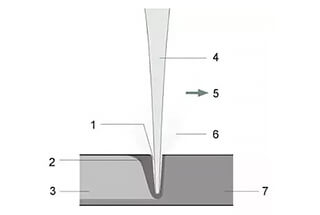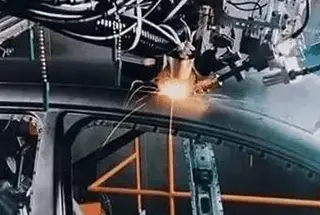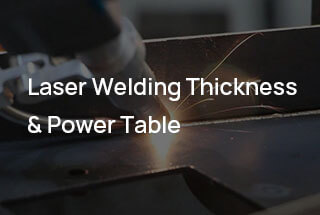
In the rapidly evolving world of manufacturing, laser welding has emerged as a game-changer. But what exactly sets this technology apart from traditional welding methods? Join us as we delve into the intricacies of laser welding, exploring its advantages, limitations, and the ways it’s revolutionizing industries from automotive to aerospace. Discover how this precise and efficient process is shaping the future of fabrication.
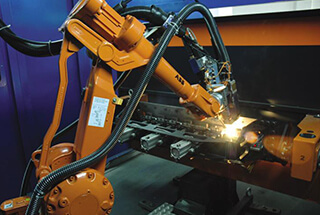
Laser welding is an advanced fabrication process that harnesses high-energy laser technology to achieve precise and efficient welds. This technique employs a highly focused beam of coherent light as a concentrated heat source. The laser beam delivers a controlled amount of energy to a specific location, creating a strong metallurgical bond between materials. This sophisticated non-contact process offers numerous benefits and some limitations that must be carefully considered in industrial applications.
One of the primary advantages of laser welding is its ability to produce high-quality welds with minimal heat input. The laser beam is focused on a small area, typically less than 1 mm in diameter, resulting in a narrow heat-affected zone (HAZ). This precision leads to reduced thermal distortion, maintaining the integrity of the base materials and their microstructure. Consequently, laser-welded joints often exhibit superior mechanical properties, improved fatigue resistance, and minimal post-processing requirements, significantly reducing production time and costs.
Laser welding technology also provides unprecedented control over the heat source. The power density of the laser beam can be precisely adjusted, typically ranging from 10^4 to 10^7 W/cm², based on the desired depth and width of the weld. This characteristic enables both deep penetration welds (up to 20 mm in a single pass for some materials) as well as thin-sheet welding (as thin as 0.01 mm) without significant thermal damage to the surrounding material. The non-contact nature of laser welding further reduces the risk of contamination and allows for more sanitary welds in critical industries such as medical device manufacturing, aerospace, and food processing.
However, there are some challenges associated with laser welding. A significant limitation is the requirement for compatible materials. Not all metals and alloys can be welded effectively using lasers due to their reflectivity and thermal conductivity properties. For instance, highly reflective materials like aluminum and copper require higher power lasers or specific wavelengths for effective welding. The absorption of the laser beam can be a critical factor in determining the weldability of the material, and some materials may require surface preparation, specific laser types (e.g., CO2, Nd:YAG, or fiber lasers), or additional processing techniques such as hybrid laser-arc welding to facilitate proper joining.
Another consideration in laser welding is the initial investment cost. The equipment and maintenance for laser technology can be substantial, particularly for high-power laser systems (>5 kW). Additionally, skilled operators familiar with laser welding procedures, parameters optimization, and safety protocols are necessary, which can further increase operational costs. However, these costs are often offset by increased productivity, reduced post-processing, and improved part quality in high-volume production scenarios.
Despite these challenges, laser welding remains a highly reliable and efficient technique, suitable for various industries including automotive, electronics, and energy sectors. It provides clear advantages over traditional welding methods in terms of precision, control, and quality, especially for thin materials and complex geometries. The technology continues to evolve, with advancements in beam delivery systems, process monitoring, and automation further enhancing its capabilities and cost-effectiveness.
TIG Welding
TIG (Tungsten Inert Gas) welding, also known as Gas Tungsten Arc Welding (GTAW), utilizes a non-consumable tungsten electrode to produce high-quality, precise welds. This method excels in controlling heat input and weld pool dynamics, making it ideal for thin materials and critical applications. Laser welding, however, offers significant advantages in terms of processing speed, reduced heat-affected zone (HAZ), and the ability to join dissimilar metals with minimal thermal distortion. While TIG welding remains superior for heat-sensitive materials like aluminum and magnesium due to its fine control over heat input, laser welding’s high power density and rapid processing capabilities make it increasingly preferred in automated production environments.
MIG Welding
MIG (Metal Inert Gas) welding, or Gas Metal Arc Welding (GMAW), employs a consumable wire electrode, offering high deposition rates and versatility across various materials, particularly steel and aluminum. Laser welding surpasses MIG in terms of precision, speed, and the ability to create complex, three-dimensional weld geometries. Laser welding’s focused energy beam also results in narrower weld beads and reduced thermal distortion. However, MIG welding maintains advantages in deep penetration welding of thicker materials (>6mm) and requires less stringent surface preparation. The choice between these methods often depends on factors such as material thickness, production volume, and required weld quality.
Spot Welding
Spot welding is a resistance welding process that joins overlapping metal sheets by applying localized heat and pressure. While efficient for high-volume production of simple joints, laser welding offers superior flexibility in terms of joint design and material compatibility. Laser spot welding can achieve higher strength bonds, especially in advanced high-strength steels (AHSS) and aluminum alloys, due to its ability to control heat input precisely. The non-contact nature of laser welding also reduces the risk of surface marking and allows for welding in hard-to-reach areas. However, traditional spot welding remains more cost-effective for large-scale automotive body-in-white assembly lines where joint simplicity and cycle time are critical.
Resistance Spot Welding
Resistance spot welding (RSW) is widely used in automotive manufacturing due to its reliability, speed, and cost-effectiveness for joining sheet metals. It relies on the electrical resistance between two electrodes to generate heat and form a weld nugget. While RSW offers excellent repeatability and is well-established in high-volume production, laser welding provides distinct advantages in terms of weld quality, process flexibility, and reduced energy consumption. Laser welding produces smaller heat-affected zones, minimizes thermal distortion, and allows for single-sided access, which is beneficial for complex assemblies. Additionally, the absence of physical electrodes in laser welding eliminates electrode wear and associated maintenance costs. However, the initial investment for laser welding equipment is significantly higher, making RSW still preferable for many traditional automotive applications where existing infrastructure and process knowledge are in place.
Laser welding offers significant advantages over conventional welding technologies:
These advantages make laser welding an increasingly preferred choice for high-precision, high-speed, and challenging welding applications across various industries, including automotive, aerospace, electronics, and medical device manufacturing.
While laser welding offers numerous advantages, it also presents several limitations:
Understanding these limitations is crucial for manufacturers considering the adoption of laser welding technology. Proper assessment of production requirements, material characteristics, and economic factors is essential to determine if the benefits of laser welding outweigh its drawbacks for a specific application.
Manufacturing
Laser welding has revolutionized the manufacturing industry, offering unparalleled precision, consistency, and material preservation. This advanced joining technique seamlessly integrates into diverse production processes, enabling engineers to optimize efficiency and reduce costs. Its applications span across industries, including automotive (e.g., body-in-white assembly, powertrain components), electronics (e.g., hermetic sealing of sensitive components), and medical devices (e.g., implants, surgical instruments). The technology’s key advantages lie in its high power density, low heat input, and narrow heat-affected zone (HAZ), resulting in minimal thermal distortion and superior weld quality. Modern fiber and diode lasers offer enhanced beam quality and energy efficiency, further improving process stability and reducing operational costs.
Automated Production
In the realm of automation, laser welding serves as a cornerstone technology, significantly enhancing productivity and reducing human intervention. Integration of advanced laser systems with robotic manipulators and sophisticated control algorithms enables high-precision welding, cutting, and sealing operations with unprecedented speed and accuracy. In the automotive industry, for example, remote laser welding techniques are employed to produce lightweight vehicle structures using advanced high-strength steels (AHSS) and aluminum alloys. This approach allows for complex joint geometries and multi-material assemblies, contributing to vehicle weight reduction and improved fuel efficiency. Automated production lines benefit from reduced cycle times, increased flexibility, and enhanced quality control through real-time process monitoring and adaptive control systems.
Aerospace Industry
The aerospace sector’s demanding requirements for high-strength, lightweight materials and uncompromising quality standards make laser welding an indispensable technology. Aerospace engineers leverage laser welding’s capabilities to fabricate critical components such as turbine engine parts, fuel systems, and structural elements. The process’s ability to create narrow, deep welds with minimal heat input is particularly valuable for joining heat-sensitive materials like titanium alloys and nickel-based superalloys. Advanced laser welding techniques, such as keyhole welding and hybrid laser-arc welding, enable the production of complex geometries and thick-section joints with superior mechanical properties. Furthermore, the technology’s compatibility with additive manufacturing processes opens new avenues for designing and producing next-generation aerospace components with optimized topologies and reduced part count.
Laser beam welding has solidified its position as a cutting-edge joining technology in modern manufacturing, offering a unique combination of precision, efficiency, and versatility. This advanced process delivers exceptional weld quality with minimal heat-affected zones, making it particularly valuable for industries dealing with heat-sensitive materials or intricate components.
The technology’s key advantages include:
These benefits have led to widespread adoption in aerospace, automotive, electronics, and medical device manufacturing, where weld integrity and dimensional accuracy are paramount.
However, the significant initial capital investment for laser welding systems remains a consideration for many businesses. A comprehensive return on investment (ROI) analysis is crucial, factoring in:
While the upfront costs may seem substantial, the long-term economic benefits often outweigh the initial expenditure, particularly for high-volume or high-value production scenarios.
Ongoing technological advancements continue to enhance laser welding capabilities. Developments in beam delivery systems, process monitoring, and adaptive control are improving ease of use and expanding the range of applicable materials and joint configurations. The integration of laser welding with Industry 4.0 principles is also driving increased process optimization and quality assurance.
In conclusion, laser beam welding represents a transformative technology for many manufacturing applications, offering unparalleled precision and efficiency. As the technology matures and becomes more accessible, its adoption is likely to accelerate across various industries. However, businesses must carefully evaluate their specific production requirements, material considerations, and long-term strategic goals to determine if the investment in laser welding aligns with their operational needs and financial objectives.

